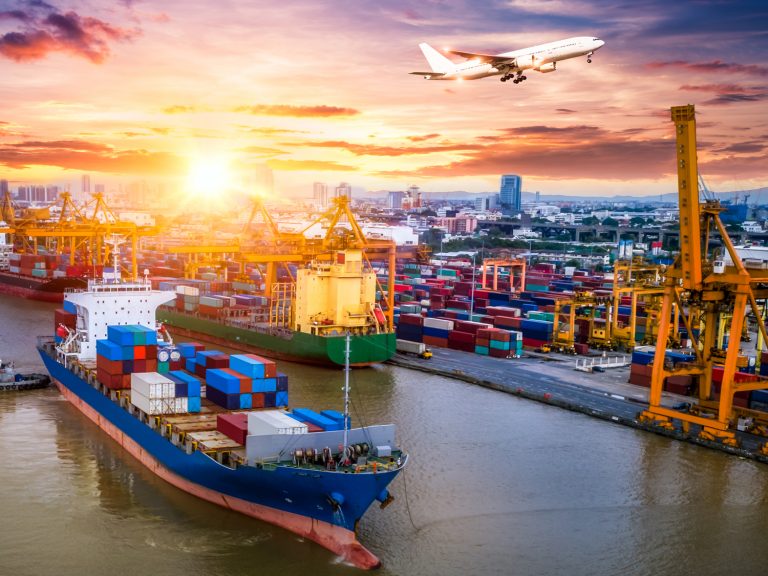
Date:
The sea and air alternative from China
China to Europe rail freight services have grown massively since the advent of the COVID pandemic, with volumes surging 29% last year. But with services transiting Russia and Belarus sanctioned and the Ukraine route halted, the equivalent of 1.46 million TEU needs alternative solutions.
Trains are still running along the Trans-Siberian route, but Russian Railways has been sanctioned so bookings have been suspended, with much cargo diverting to slower ocean services.
While cargo is not directly targeted, the uncertainty surrounding sanctions against Russia and Belarus means there is a very real risk of shipments getting stuck in either country during transit and there is no evidence yet of the impact of sanctions on insurance and settlements.
The China-Europe rail freight service from Shanghai has reportedly seen a 40% drop in bookings and its frequency has been reduced, while the Silk Road freight train from Vietnam, which operates via Zhengzhou, has been suspended.
Alternative rail routes operate below the Trans-Siberian, through Kazakhstan, Azerbaijan, Georgia and Turkey via the Caspian Sea, or Romania via the Black Sea.
These routes mean longer transit times however, and could potentially face increased congestion, with seven or eight reloading processes before arrival in Europe.
The southern lane via Baku and Istanbul is likely to be a popular choice for rail enthusiasts, departing from Xian, with a mooted transit of 35 days to Germany, although this is likely to be longer and another 5+ days need to be added up to arrival terminal.
In practice sea freight rates are less and the transit time to main European ports faster and arguably safer than rail. Any substantial volume shift from rail to sea is likely to increase congestion, with demand increasing over 5% on an already over-subscribed trade route.
The effective alternative
Avoid the uncertainties and inefficiencies of sea and rail, by combining effective and reliable sea services, with dependable and rapid air cargo services, for reliable time-sensitive freight solutions from Asia.
Metro sea/air services operate via established and proven hubs in Singapore and Dubai, together with a selection of secondary transhipment hubs, to provide greater resilience against disruption and additional routing options for speed and cost options.
The most effective sea/air solutions use feeder vessels to move the freight to where the most appropriate air freight capacity and routing is available, at the most attractive cost.
The first leg of transit is undertaken in a conventional ocean freight container, often on low-cost feeder vessels, but always on a direct and much shorter transit than would be the case on an all-ocean service.
This reduces the impact of incidents at ports and avoids delays, because short-sea transits have not been impacted by the service disruption and cost increases seen on deep-sea services.
Singapore and Dubai are two of the biggest pure freighter and passenger freighter airports globally, which means they retain a relatively high number of passenger flights, and consequently critical belly-hold capacity.
We continue to receive daily booking and departure requests and have the capacity, ability and reliability needed to deliver within timelines and to your deadlines.
We operate regular services from all major areas of manufacture; with Singapore servicing the Far East and South East Asia trades and Dubai geographically well located to serve suppliers in the Indian Sub-continent and further afield. Expert solutions that work, and have done for decades, when the market needs them – as they do now.
We recommend sea/air as a standard component in your supply chain toolkit, to plug gaps and fix delays. Elliot Carlie and Andy Brooks head the sea/air team and are available to discuss your situation and requirements.
